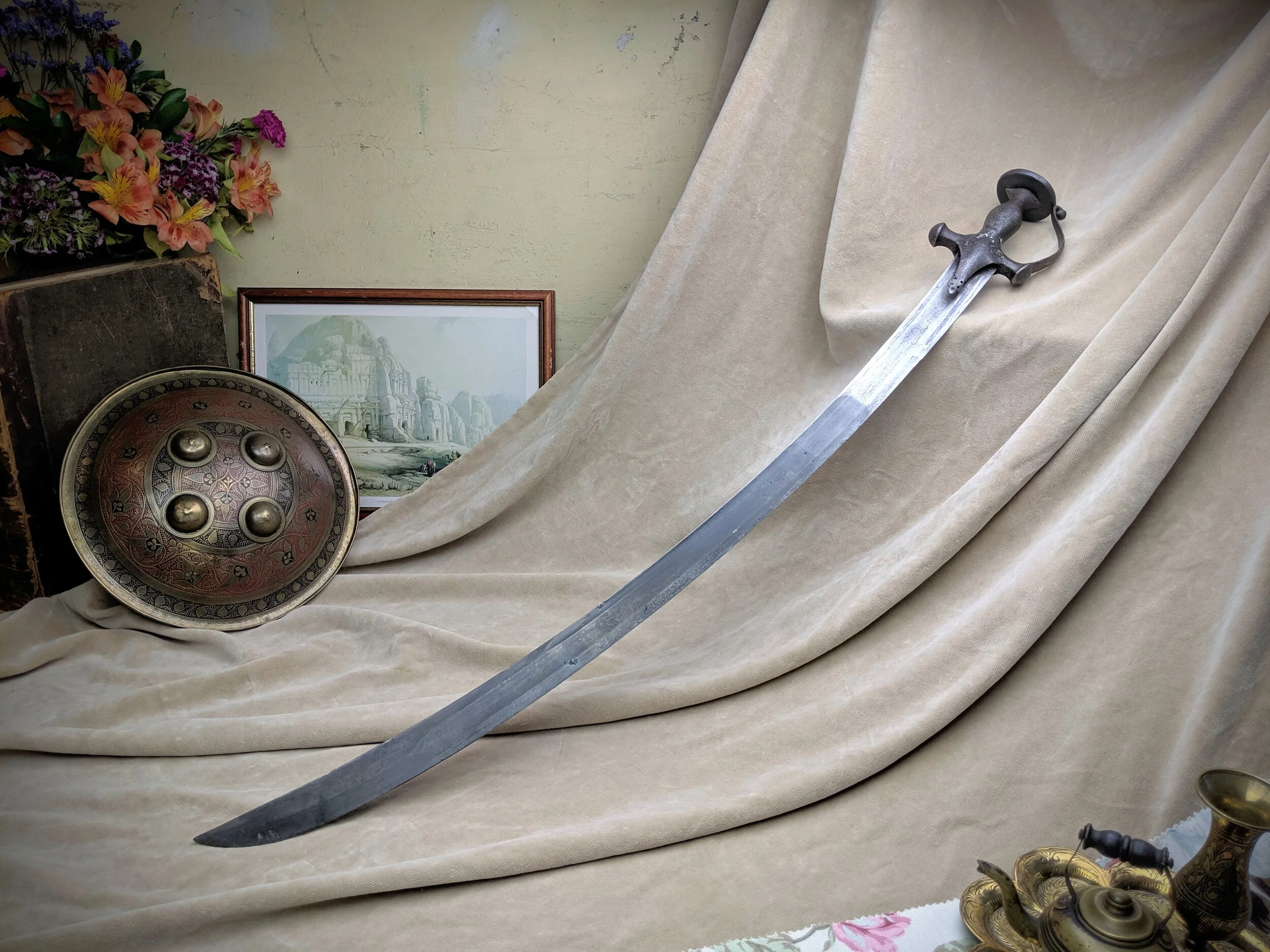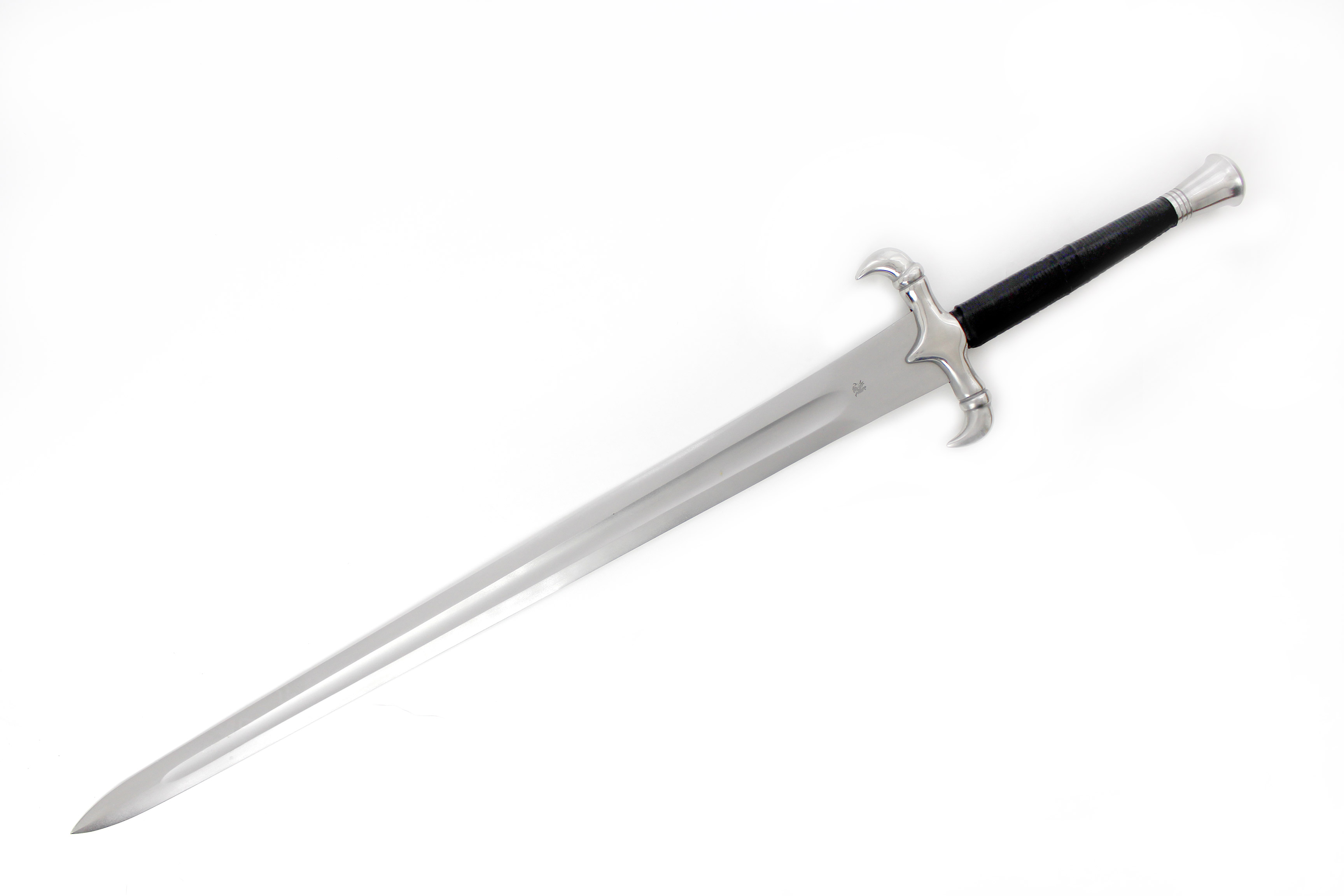Historical and Cultural Significance
Sword definition – Swords have a long and storied history, dating back to the earliest days of human civilization. They have been used in warfare, hunting, self-defense, and as symbols of power and status. Swords have played a significant role in the development of human culture, and they continue to be objects of fascination and admiration today.
The sword, a weapon of war and a symbol of power, has a long and bloody history. Its blade, honed to a razor’s edge, has drawn blood on countless battlefields. Yet, beyond its martial use, the sword also holds a certain allure, a fascination that has led to its depiction in countless works of art and literature.
In the world of gambling, the sword finds a new meaning, as a symbol of both risk and reward. Just as a swordsman must weigh the odds before engaging in combat, so too must a gambler consider the risks before placing a bet.
And just as a swordsman may win glory or suffer defeat, so too may a gambler experience the highs and lows of fortune. The casino is a place where swords are not wielded in battle, but where fortunes are won and lost with the turn of a card or the roll of a dice.
Here, the sword becomes a metaphor for the risks and rewards that come with gambling, a reminder that even in the realm of chance, there is always a price to pay.
Origins
The earliest swords were made of stone or bone, and they were used primarily for hunting and self-defense. Over time, swords evolved into more sophisticated weapons, made of bronze and then iron. By the Middle Ages, swords were the primary weapon of choice for knights and other warriors. Swords continued to be used in warfare until the advent of firearms, and they remain popular today as ceremonial weapons and collector’s items.
A sword, with its sharp edge and pointed tip, is a weapon designed for cutting and thrusting. Its history is as rich as it is varied, spanning cultures and continents. From the legendary Excalibur to the practical katana, swords have played a significant role in warfare, mythology, and even music.
Take, for instance, Rihanna’s “Man Down,” where the lyrics evoke the imagery of a sword’s fatal blow. The song’s haunting melody and powerful lyrics resonate with the raw emotions surrounding a life taken, underscoring the enduring power of the sword as a symbol of both violence and justice.
Role in Different Cultures
Swords have played a significant role in many different cultures around the world. In ancient Greece, swords were associated with the god Ares, and they were used by the Greek army to great effect in the Persian Wars. In ancient Rome, swords were the weapon of choice for the legionnaires, and they were used to conquer much of the known world. In Japan, swords have been held in high esteem for centuries, and they are considered to be works of art as well as weapons.
Famous Swords
Throughout history, there have been many famous swords. Some of the most famous swords include the Sword of Damocles, the Excalibur of King Arthur, and the katana of the samurai. These swords have become symbols of power, courage, and honor, and they continue to be admired and studied today.
Types and Characteristics

Swords come in a wide variety of types, each with its own unique design, construction, and purpose. These differences are reflected in the blade shape, hilt, and scabbard.
The most common type of sword is the straight-bladed sword, which has a blade that is straight from the hilt to the tip. Straight-bladed swords are typically used for cutting and thrusting, and they can be either single-edged or double-edged. Some examples of straight-bladed swords include the longsword, the rapier, and the katana.
Curved-bladed swords have a blade that curves from the hilt to the tip. Curved-bladed swords are typically used for slashing and chopping, and they can be either single-edged or double-edged. Some examples of curved-bladed swords include the scimitar, the saber, and the falchion.
There are also a number of specialized types of swords, such as the fencing sword, the broadsword, and the two-handed sword. Fencing swords are designed for use in fencing, a sport in which two people fight with swords. Broadswords are designed for use in close combat, and they have a wide blade that is suitable for both cutting and thrusting. Two-handed swords are designed to be used with both hands, and they have a long blade that is suitable for both cutting and thrusting.
| Type of Sword | Blade Shape | Hilt | Scabbard |
|---|---|---|---|
| Straight-bladed | Straight from hilt to tip | Typically simple, with a crossguard | Typically made of leather or wood |
| Curved-bladed | Curves from hilt to tip | Typically more complex, with a knuckle guard | Typically made of leather or metal |
| Fencing | Thin and flexible | Simple, with a pistol grip | Typically made of leather or plastic |
| Broadsword | Wide and straight | Typically simple, with a crossguard | Typically made of leather or wood |
| Two-handed | Long and straight | Typically complex, with a knuckle guard | Typically made of leather or metal |
Crafting and Materials: Sword Definition

The creation of a sword is a meticulous process that demands both skill and artistry. From the initial forging of the blade to the assembly of the hilt, each step requires precision and an understanding of the materials involved.
Materials
The choice of materials plays a pivotal role in determining the quality and characteristics of a sword. Steel, with its exceptional strength and durability, is the most common material used in sword making. However, iron, while less robust than steel, was widely employed in ancient times due to its ease of accessibility.
Damascus steel, renowned for its intricate patterns and exceptional sharpness, is a testament to the mastery of ancient swordsmiths. This composite material, forged from multiple layers of steel with varying carbon content, exhibits both strength and flexibility.
Crafting, Sword definition
The process of crafting a sword begins with the forging of the blade. The blacksmith heats the metal to a high temperature and hammers it into shape, using a variety of techniques to achieve the desired form and thickness. Once the blade is forged, it is tempered by heating and cooling it in a controlled manner, which enhances its strength and toughness.
The next step is to create the hilt, which provides the user with a secure and comfortable grip. The hilt is typically made from wood, bone, or metal, and can be elaborately decorated with carvings or inlays. The blade is then attached to the hilt using a variety of methods, including peening, riveting, or threading.
Historical Swordsmiths
Throughout history, countless skilled swordsmiths have emerged, each contributing to the development and refinement of sword making techniques. Among the most notable is Masamune, a Japanese swordsmith who lived during the 13th century and is revered for his exquisite craftsmanship. His swords, known for their exceptional sharpness and durability, are considered national treasures in Japan.
Another renowned swordsmith is Alfred Krupp, a German industrialist who founded the Krupp dynasty in the 19th century. Krupp’s company produced high-quality steel and armaments, including swords, which were widely used by the Prussian military.
A sword, a weapon with a long, sharp blade and a hilt, has been a symbol of power and authority throughout history. Its presence in folklore and literature is vast, and its use in warfare has shaped the course of many civilizations.
The sword pit is a testament to the sword’s significance, a place where discarded swords were once thrown, their stories forever etched into the earth.
A sword is a sharp-edged weapon with a long, straight blade, typically used for cutting or thrusting. Its history and significance have been intertwined with countless tales of bravery, treachery, and conquest. From the legendary Excalibur to the ceremonial swords used in royal ceremonies, the sword has played a pivotal role in human history.
Its enduring presence has also been documented in the nyt connections , where scholars and historians delve into the intricate relationships between the sword and the societies that wielded it, further solidifying its place as a symbol of power, valor, and the indomitable spirit of humanity.
A sword, a weapon of steel with a sharp edge, has been a symbol of power and strength for centuries. Today, in a world of constant connections, we seek hints to navigate the complexities of life. Connections hint today provides insights into the hidden connections that shape our world, much like the hidden power that lies within the gleaming blade of a sword.